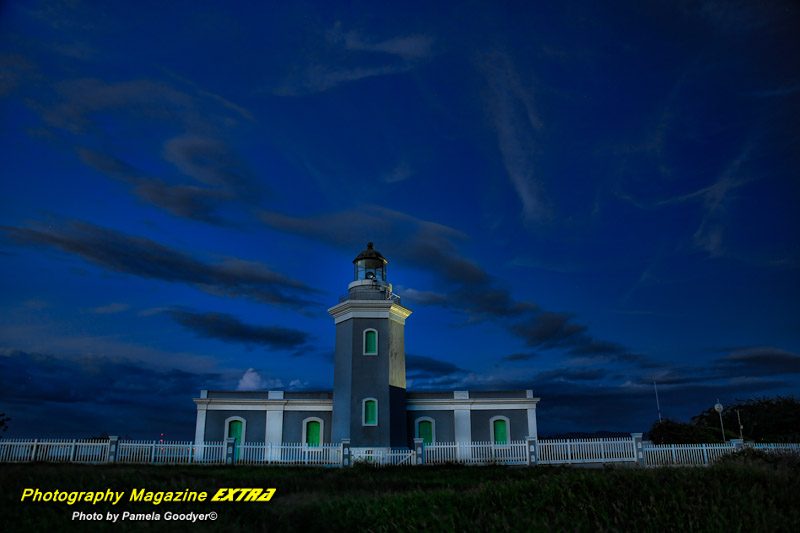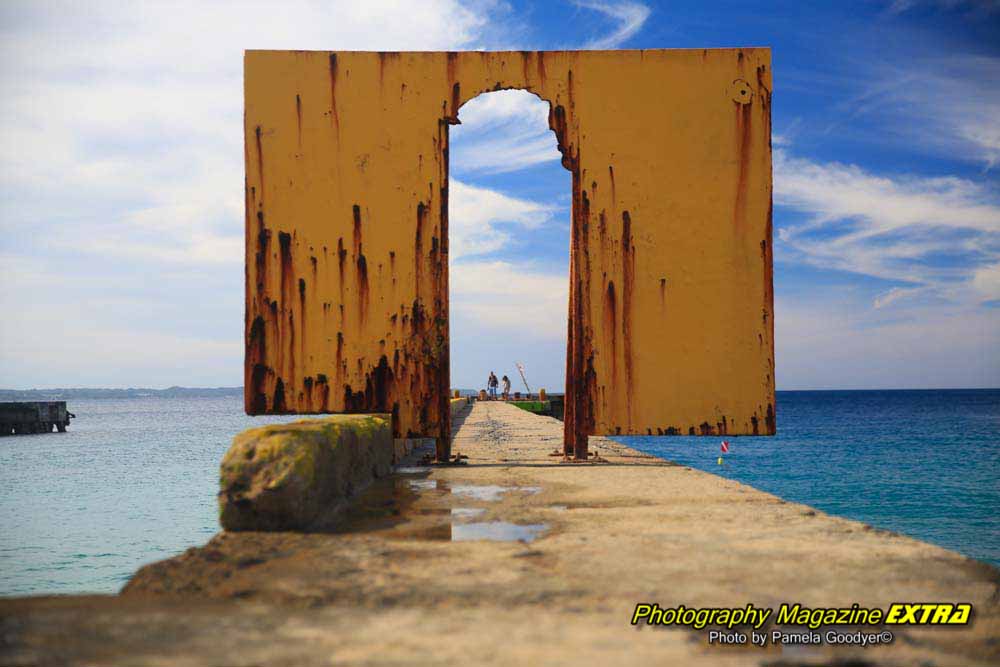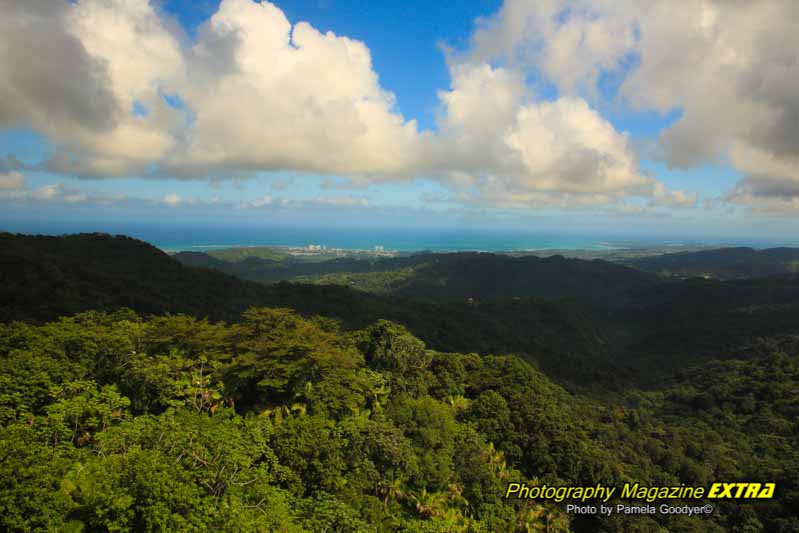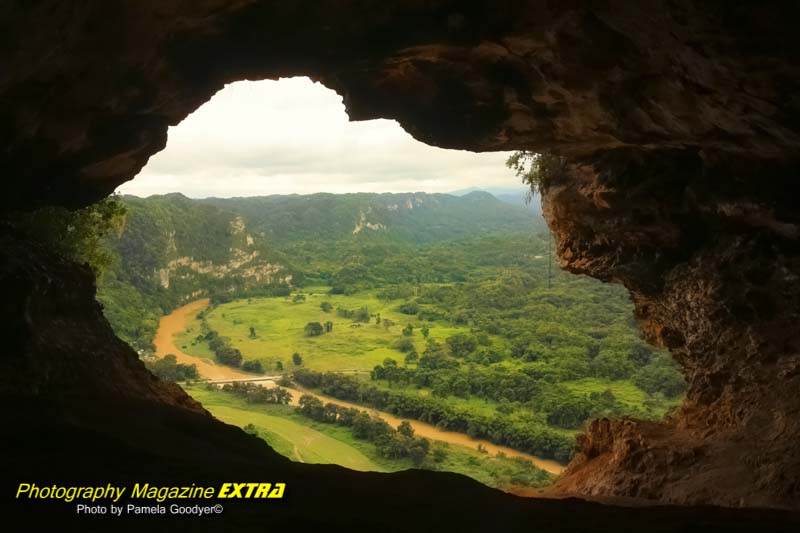MORE PLACES TO PHOTOGRAPH IN PUERTO RICO
Exploring the vibrant island of Puerto Rico with a camera in hand is a delightfully pleasurable experience. The variety of stunning locations to capture is like a dream for any photographer. The verdant rainforests, the charmingly old-time streets, vibrant beaches and towering historical fortresses; every corner of this island paradise is a feast for the eyes.
EL YUNQUE NATIONAL FOREST
As seen in our article, the El Yunque National Forest, a prominent location in any serious photographer’s itinerary, is a world. Lying at the heart of El Yunque National Forest, this waterfall is one of the island’s most enchanting sights. The cascading water plunges into a fantastic, emerald pool, inviting you to swim – or, at the very least, dip your toes in.
FLAMENCO BEACH IN CULEBRA
A stop on our photographic journey would undoubtedly be Flamenco Beach in Culebra. Its pristine turquoise waters contrast sharply against the soft white sands, like stepping into a postcard. The occasional palm tree leans lazily towards the sea, a perfect location to capture the quintessential Caribbean vibe. An early morning or late afternoon visit allows for capturing the dramatic play of light and shadows on the undulating waves, providing a mesmerizing backdrop for your photos.
SAN JUAN
Venturing further, we reach the old town of San Juan, a treasure trove of centuries-old photographic opportunities. The charming cobblestone streets lined with pastel-hued houses and iron balconies overflowing with vibrant flowers offer a stunning contrast to the formidable forts of El Morro and La Fortaleza. Each corner reveals a new facet of Puerto Rico’s rich history, from the colonial era to the present. The play of light against the colorful buildings at sunrise or sunset offers stunning scenes. Try a street-level shot for an impactful image capturing not only the beauty of the place but also its vibrant, pulsating life.
RIO CANUY CAVE PARK
You can’t afford to miss the Rio Camuy Cave Park, one of the world’s largest cave networks. Step into an underworld of spectacular stalactites and stalagmites, where the only light penetrating the darkness is the fleeting beam of your flashlight. Beneath your feet, the mighty Camuy River runs its course unseen. The striking rock formations’ intricate patterns are a testament to nature’s craftsmanship, offering an overwhelming sense of awe and majesty. The echoes of dripping water and the whispering wind filtering through the caverns create a hauntingly beautiful soundscape unique to this place. This is a venue where the challenge for a photographer lies in capturing the elusive luminosity in the darkness using long exposures and creative angles.
BIOLUMINESCENT MOSQUITO BAY
Fanning out from the mainland, we find ourselves at the edge of the bioluminescent Mosquito Bay in Vieques. It’s a place where each nightfall transforms into a magical spectacle of glowing water. Disturbances send ripples of light radiating outwards – every swirl, every splash ignites an otherworldly glow, producing an enchanting display that photographers yearn to capture. Expeditions led under the cover of moonless nights allow for the most authentic experiences, with the pitch-black sky amplifying the radiating glow beneath.







 Photography, Lessons, Workshops and Classes.
Photography, Lessons, Workshops and Classes.
